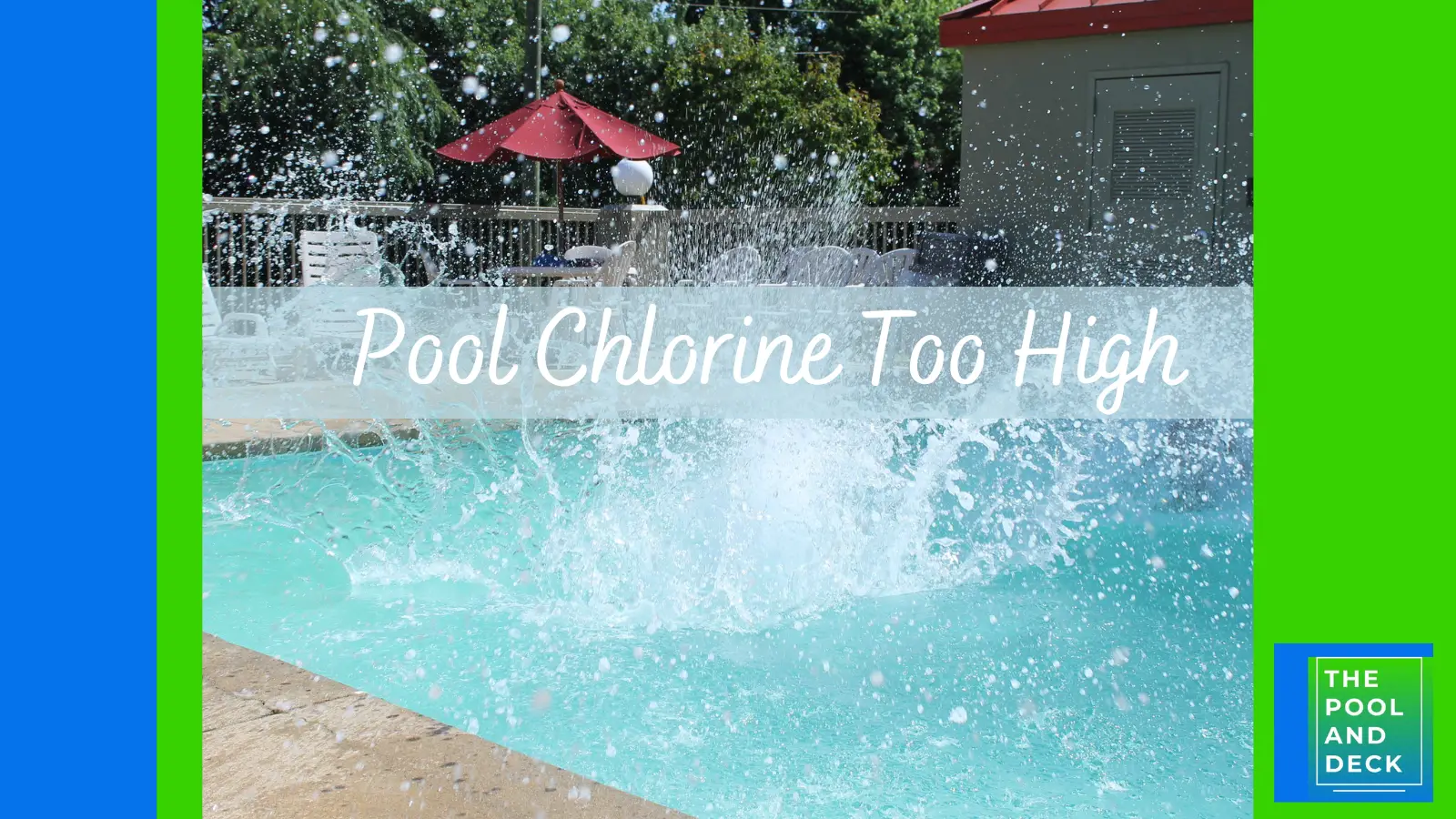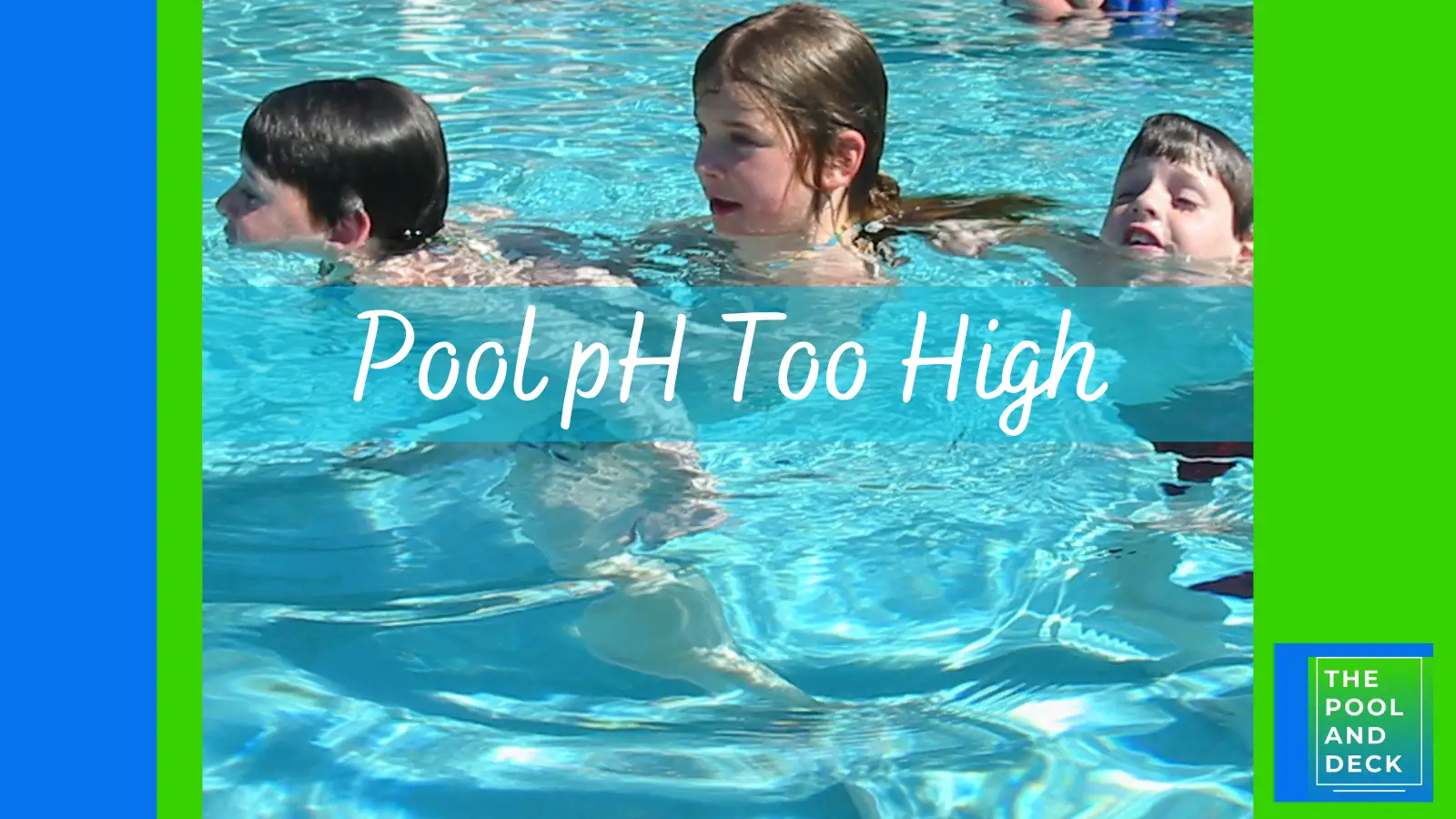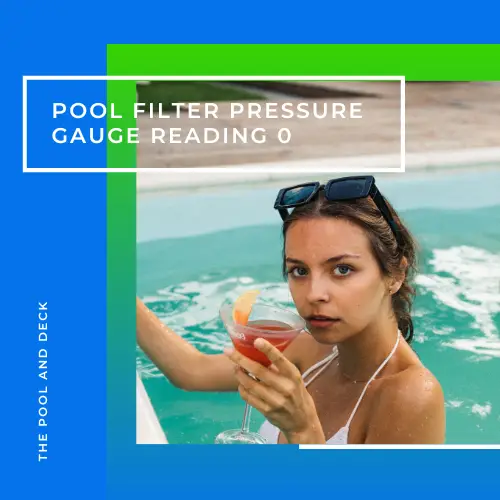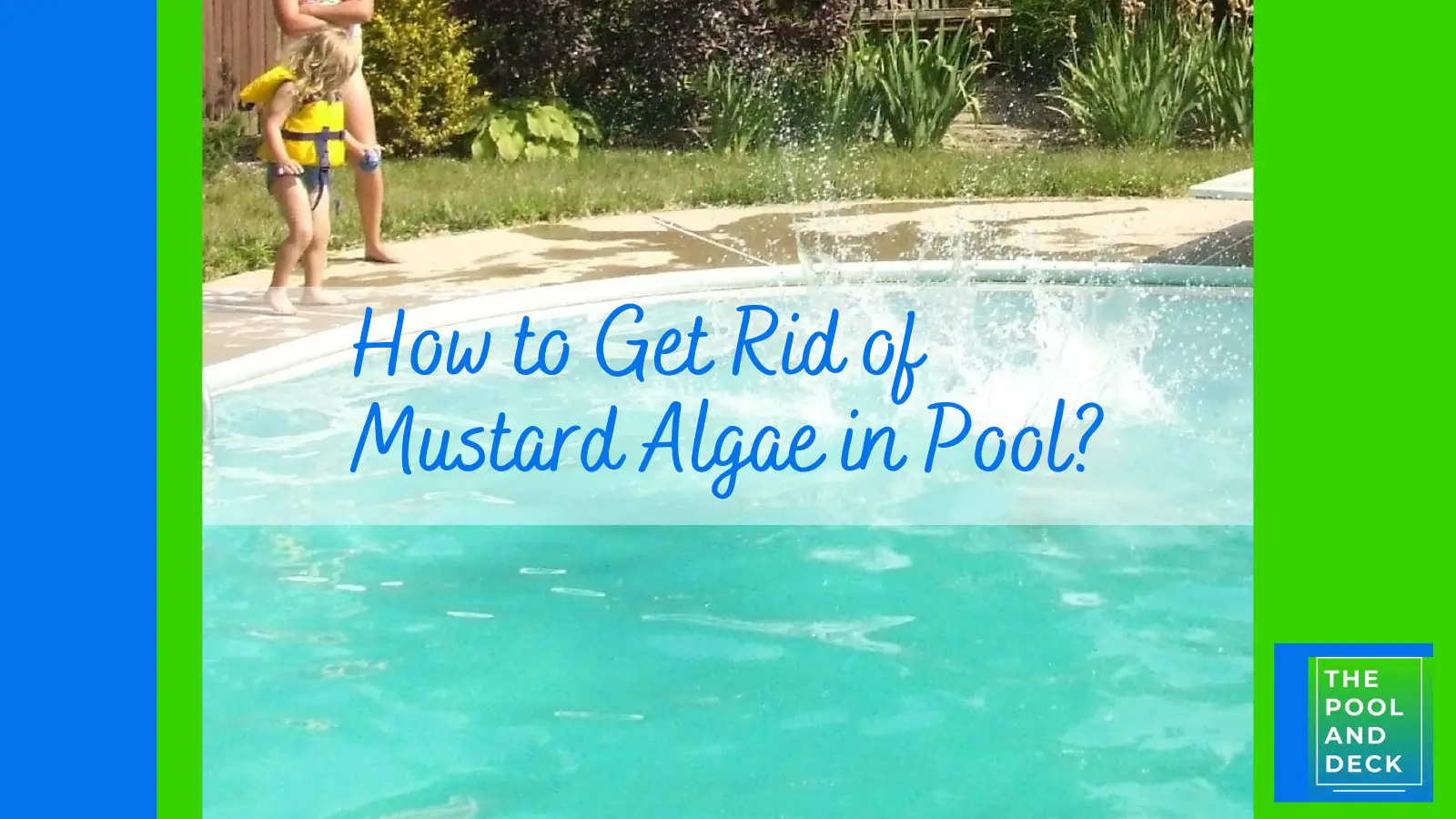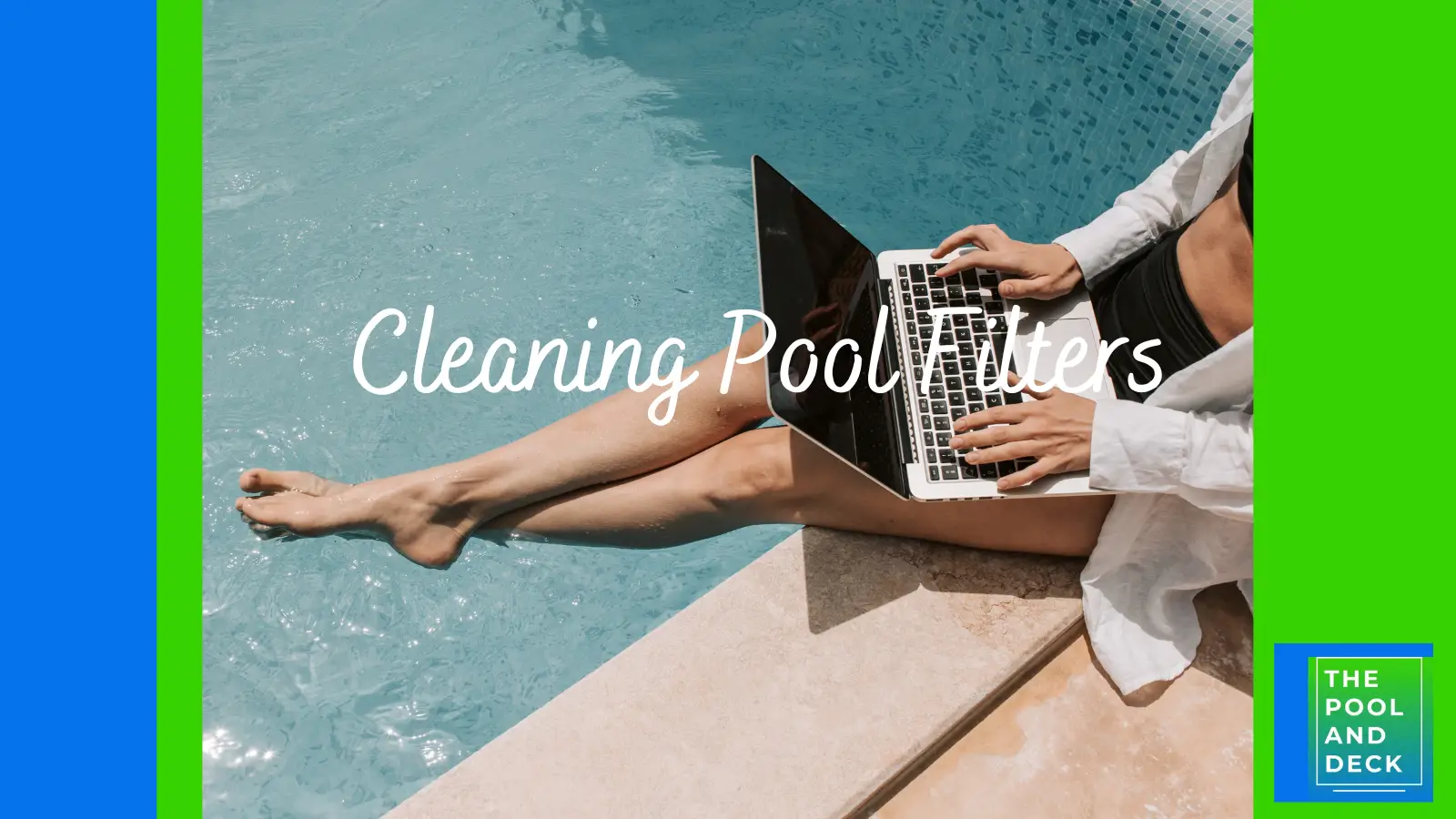Pool Shock & Cyanuric Acid: Is One Good For The Other?
thepoolanddeck.com is a participant in the Amazon Services LLC Associates Program, an affiliate advertising program designed to provide a means for sites to earn advertising fees by advertising and linking to Amazon.com . The website is also an affiliate of a few other brands. The affiliate links never increase your purchase price. We do appreciate your support. Thank you very much!
Table of Contents
Does Shock Affect Cyanuric Acid?
How often do you Shock your pool? Shocking your pool need not wait till your pool has gone green with “algae bloom” and you do not have an option. During the pool season, you should shock your pool every week. But, Does Pool Shock Affect the Cyanuric Acid (CYA) level?
Pool Shock does not increase the Cyanuric Acid (CYA) level provided it is unstabilized chlorine. It will maintain the pre-shock level. Actually, it may even help to reduce Cyanuric Acid (CYA) levels.
Pool Shock is often followed by backwashing of pool filters and vacuuming of the pool floor. Both activities result in part of the pool water being replaced by fresh water. The water dilution results in lowering of Cyanuric Acid (CYA) levels.
Sanitizing your pool constantly is certainly the most important pool activity. It ensures that your pool is free of germs, bacteria and algae. Your pool will remain crystal clear and will be safe for the swimmers.
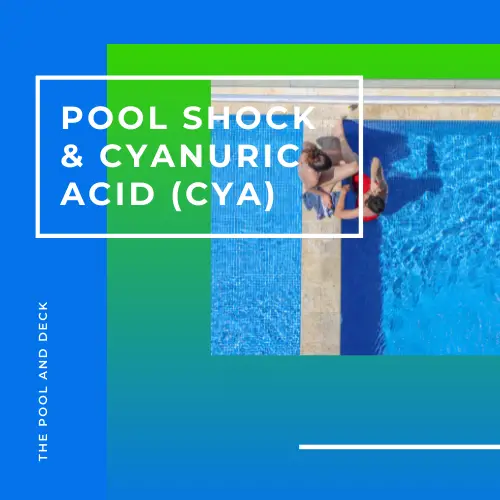
Sanitizer & Stabilizer
Most likely you use either chlorine granules (Dichlor) or chlorine tablets (Trichlor). Both are stabilized chlorine sources. In other words, the right amount of Cyanuric Acid (CYA) is part of the formulation. In case you are using unstabilized chlorine such as liquid chlorine, then you have to add Cyanuric Acid (CYA).
Cyanuric Acid (CYA) is the Stabilizer for chlorine. Without it Free Chlorine (FC) will be depleted by the UV rays from the sunlight in no time.
How Pool Shock Works?
Pool Shock is concentrated liquid chlorine. OK, not the Chlorine element. Chlorine is a gas, not a liquid. It is Sodium Hypochlorite (NaOCl) solution. Liquid Chlorine Pool Shock (Chlorine concentration 10-12.5%) is basically household Bleach (Chlorine concentration 6%) at double the Chlorine concentration.
Granular Pool Shocks (Dichlor or Trichlor) are also available and are often used. However, they have Cyanuric Acid (CYA) and will add it to the existing level.
Pool Shock spikes up the Free Chlorine (FC) level from less than 4 ppm to at least 10 ppm (sometimes even to 25 ppm!). This is the “fast & furious” way of killing the pathogens & algae.
The Free Chlorine (FC) from the Pool Shock is not expected to stay in the pool for long. This is why Pool Shock is unstabilized. It does not contain, or is supplemented by, Cyanuric Acid (CYA).
Ideally unstabilized Pool Shock should be added after sunset, so the Free Chlorine (FC) can stay in the pool longer and kill the maximum amount of bacteria. The next day, the UV rays from the sun will burn off the Free Chlorine (FC) and bring the levels down to recommended 2-4 ppm.
The pool is ready for swimming after you have adjusted other pool chemistry parameters like pH, alkalinity and calcium hardness.
So, Pool Shock, if unstabilized, does not result in addition of Cyanuric Acid (CYA) to your pool.
How do you Shock a Pool without Raising CYA?
If a Pool Shock is stabilized, it will have CYA. Stabilized Pool Shocks are convenient but not at all necessary.
When it comes to shocking your pool you should choose an unstabilized Pool Shock. Unstabilized Pool Shock will not raise the Cyanuric Acid (CA) level of your pool.
You have the following options:
Sodium Hypochlorite – NaClO
Sodium Hypochlorite or unstabilized Liquid Chlorine is, in fact, just household Bleach with double the chlorine concentration. The Pool Shock available in 2.5 gallon jerry cans has a chlorine concentration of around 12.5% as compared to 6% for Bleach.
Liquid Chlorine is easy to use. You can just pour it in the pool, straight from the jerry can. No mixing or dilution is required.
Liquid Chlorine will not impact the pH of your pool. Liquid Chlorine does not contain any Cyanuric Acid (CYA), so it will not increase the CYA levels.
On the negative side, Liquid Chlorine has a very short life. The strength keeps dropping, especially if the can is exposed to direct sunlight. The supplies are also not assured.
Calcium Hypochlorite – Ca(ClO)2
Calcium Hypochlorite is commonly referred to as Cal-Hypo. Cal-Hypo is actually a very popular Pool Shock and it does not contain any Cyanuric Acid (CYA), so it will not increase the CYA levels.
On the negative side Cal-Hypo clouds the pool when it is added and increases the Calcium and pH levels.
For more information on Pool Chlorine Types refer to my post Complete Guide To Pool Chlorine Types. (What Is The Best?).
Recommended Swimming Pool Chemicals
Best Liquid CYA Free Pool Shock
Champion Liquid Chlorine (Sodium Hypochlorite) Pool Shock (12.5%) is easy-to-use, fast, and effective. This Pool Shock does not have Cyanuric Acid (CYA-stabilizer) and will not result in build-up of scale. Order from Amazon using the link below:
Liquid Chlorine Pool Shock (Case – 4 Gallons) – 12.5% Sodium Hypochlorite
Best Cal-Hypo Pool Shock
HTH Super Shock! Pool Shock Treatment is the 4-in-1 powerful pool shock designed to boost chlorine levels and kill and prevent bacteria and algae for a clear, healthy pool. Each pound of Super Shock! packs a powerful punch, treating 13,500 gallons and restoring crystal clarity in just 24 hours. This pool shock is great for all pool types and won’t fade your pool liner. Order from Amazon using the link below:
HTH 52026 Super Shock Treatment Swimming Pool Chlorine Cleaner, 1 lb (Pack of 12)
Best Multi-purpose Pool Shock
Aqua Chem Shock Xtra Blue is suitable for use in all types of pools, including salt water pools, above-ground pools and inground pools. It kills algae, bacteria, and chloramines, effectively and fast. It will make your pool crystal-clear blue and sparkling clean again. Order from Amazon using the link below:
Aqua Chem 5-Pack Shock Xtra Blue for Swimming Pools, 5 Pounds
Best Stabilizer and Conditioner
Rx Clear Stabilizer and Conditioner will reduce chlorine loss caused by the UV radiation from the sun. Adding stabilizer in the spring greatly increases chlorine effectiveness and will actually cut chlorine consumption. Rx Clear Stabilizer Contains 100% Cyanuric Acid. Order from Amazon using the link below:
Rx Clear Swimming Pool Stabilizer and Conditioner
Best CYA Reducer
Bio-Active, a new biological and natural approach, has been proven to reduce Cyanuric Acid (CYA) levels by disintegrating it at the molecular level. It won’t cause adverse effects on your pool and is also non-toxic, non-polluting and completely biodegradable. Order from Amazon using the link below:
Bio-Active Cyanuric Acid Reducer
Thank you very much for reading the post. I do hope you found it informative and helpful.

